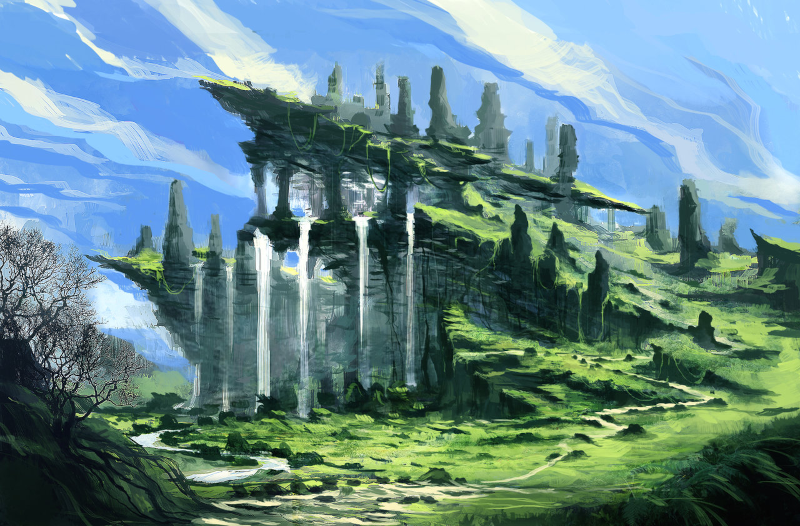Thank you Zonelets, Hello Hugo
The Kettleworth Files
Yellow. Burning yellow. With a sharp sliver of black dividing the topaz jewel, the cat’s eyes slowly blinked in the flickering firelight.
“Patience,” Rufus muttered, half to himself, half to the cat. “Almost there. Almost.”
It had become a mantra, a holy psalm that spurred Rufus’s actions ever onward. It kept him going, moving in the dim candlelight when his strength had all but left him. Almost there. Just a few more tests…
A Grimm Introduction
With my RPG treatise finally complete (or at least as complete as anything ever is, in my head…) it is time once more to return to the dark and twisted world of Edmund Moulde, and the second book of the Macabre Quadrilogy.
In many ways, this book was supposed to be the first book in Edmund’s story. I had imagined a very Rowlingesque (sans bigotry) opening of the odd little Moulde boy being tested after he used the chemicals from his sister’s makeup kit to revivify his dead pet rat. Then, off the odd little Moulde boy would go to learn about the mad sciences of penny-pulps and wrought-iron steampunk.
A Long List
Wait, wait!
Not finished yet, I guess…
Call it an errata, if you wish, but the truth is there are simply too many games and too many complex aspects of RPGs to ever really be “finished.” Even in the process of writing this, games have come out that are far better examples of, say, experiments with Game Balance or explorations of real-time than the examples I used.
And that’s nothing compared to the subjects I haven’t even broached. I could spend ten thousand words on the subject of non-American RPGs, (such as Das Schwartze Auge, In Nomine Satanis/Magna Veritas, or Tormenta). I could spend hours building lists and catagorizing rule-inserts and independant hacks. I could do a progressive historical dissertation, akin to The CRPG Addict, and chronologically explore the evolution of RPG systems. I could focus entirely on exploring MOSAIC Strict game design. I could look at how systems gamify relationships, the effect of Splats, defining RPG genres, cross-game rewards, cutscenes, two-stat games, one-pagers, or do a mathematical breakdown of all the common kinds of die-rolling mechanics.
Conclusion
When I first started this…I guess you could call it a project, I did it for weird reasons. I had been struggling with my other writing projects, hitting brick wall after brick wall, forcing my fingers to type out trite and uninteresting sentences that advanced boring stories with empty souls, to the point where sitting down to write was becoming an act of self-harm. My brain began its spiraling semi-regularly, and it began to adversely affect my relationships with my friends, family, and myself.
The Clockwork Spider
Duke Markus von Himmelman, son of Lady Margret De’Mechaump and Lord Phredrick von Himmelman, Baron of Lower East Spannerton, Duke of Topside, and a Welcome Lord in the court of Prince Reinheart himself, was furious. He stormed about his office like a madman, pulling his watch out of his vest pocket and clicking it open every few steps. When the clockwork timepiece provided nothing less than further frustration, he would stuff it back into his vest, turn sharply on his heel, and begin stomping in a different direction across the large carpet.
Wanderhome, and Apocalyptic Hope

I wanted to end this project with a discussion of this game, because for all the myriad of games I have mentioned in this journey of ours, Wanderhome differs in perhaps some of the most significant and profound ways from all the others.
Based on the Belonging Outside Belonging system (also called “No dice, no masters”) from the Dream Askew and Dream Apart games, Wanderhome is, quote: “a pastoral fantasy role-playing game about traveling animal-folk, the world they inhabit, and the way the seasons change. It is a game filled with grassy fields, mossy shrines, herds of chubby bumblebees, opossums in sundresses, salamanders with suspenders, starry night skies, and the most beautiful sunsets you can imagine.”
Nowhere Kingdom, and Public Play
In Nowhere Kingdom, the players take the role of a council of advisors and gentry charged with suggesting policies and proposals to the ruling Demons of the Kingdom. Thankfully, these demons are not evil; just mildly cruel, mostly bored, and they only get to rule the Kingdom for a year — their price for overthrowing the previous tyrant.
As the game progresses, random problems land on the council-table and the council-members must all come up with proposals to solve them. The demons then vote for who created the most funny, chaotic, and unpredictable policy. Whomever wins gets a token, and then the council-members must answer one of a list of questions to help develop how this enacted policy helps, hinders, pleases, or displeases the town, council, demons, and citizenry.
Noumenon, and Exploration
Noumenon is an RPG…and frankly, that’s almost all I’m prepared to say categorically about it.
Noumenon is a system designed to facilitate an exploration of a surreal dream. Characters wake up as the insect-like Sarcophagi trapped within the Silhouette Rouge, and they barely have time to look around before they are approached by a well-dressed three-eyed elephant-headed being who guides them to a sweeping staircase with only thirty-three steps that reaches all the way up and out of a hundred-story-high cavern.